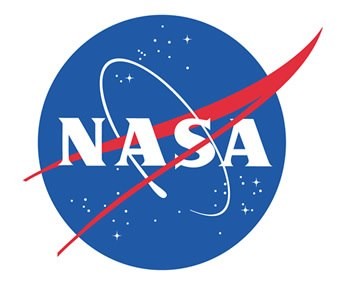NASA said that it hopes to set a Mars Outpost by the end of 2030, which will serve as an accommodative hub for astronauts on temporary basis. The first NASA astronauts to visit the red planet will be focused on establishing a research-and-operations base and not a colony.
According to NASA's chief of exploration scientist Ben Bussey, a colony is a long way down the road and no one in NASA currently thinks of a permanent human base, Space reported. Rather, the space agency is currently planning of setting up an exploration zone for the first crew who will set foot on Mars.
The exploration zone (EZ) will be a circle with a radius of about 62 miles, which is roughly the amount of ground that NASA envisions its astronauts will be capable of covering in the 2030s era. The EZ's buildings and crew quarters will be located at the center of the circle, near the science and resource "Regions of interest" (ROIs). The astronauts will then exploit the ROIs in hunt for signs of life on the red planet, besides carrying further investigations.
The setup of the EZ will function by the same token as the MCMurdo station in the United States' facility of Antarctica. The station serves a base from which scientists can perform varied research and exploration works during summer.
However, the final EZ site selection and set up is still years away. NASA intends to map out Mars before making the final decision, and this, according to NASA experts, may require the space agency to launch a new resource scouting orbiter.
NASA also prospects that a permanently occupied Mars settlement might finally grow out of its crewed activities. But owing to other several organizations, the agency terms a Mars colony as the explicit goal.
According to CNN, NASA is making long strides as far as its Mars exploration program is concerned. Recently, the agency came up with the most detailed map of Mars to date. By tracking the gravitational pull on its spacecraft, a better resolution and view was achieved.
In the meantime, NASA formulates to have an orbiter in Mars by 2022 to execute its plans.
Here is a clip showing more about NASA's Mars mission:



























